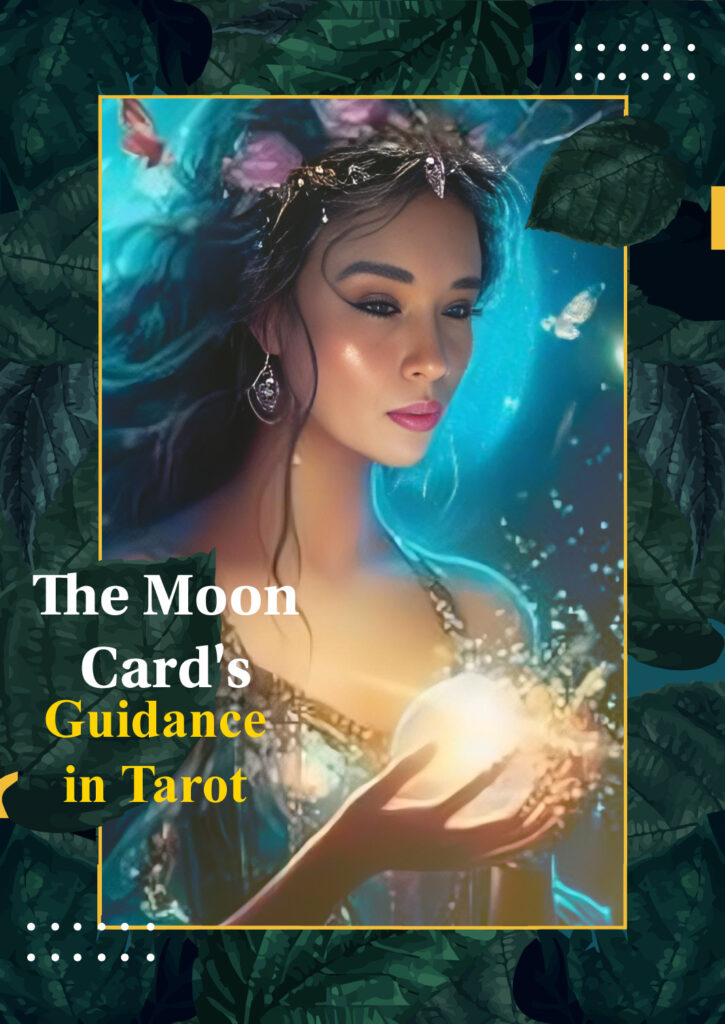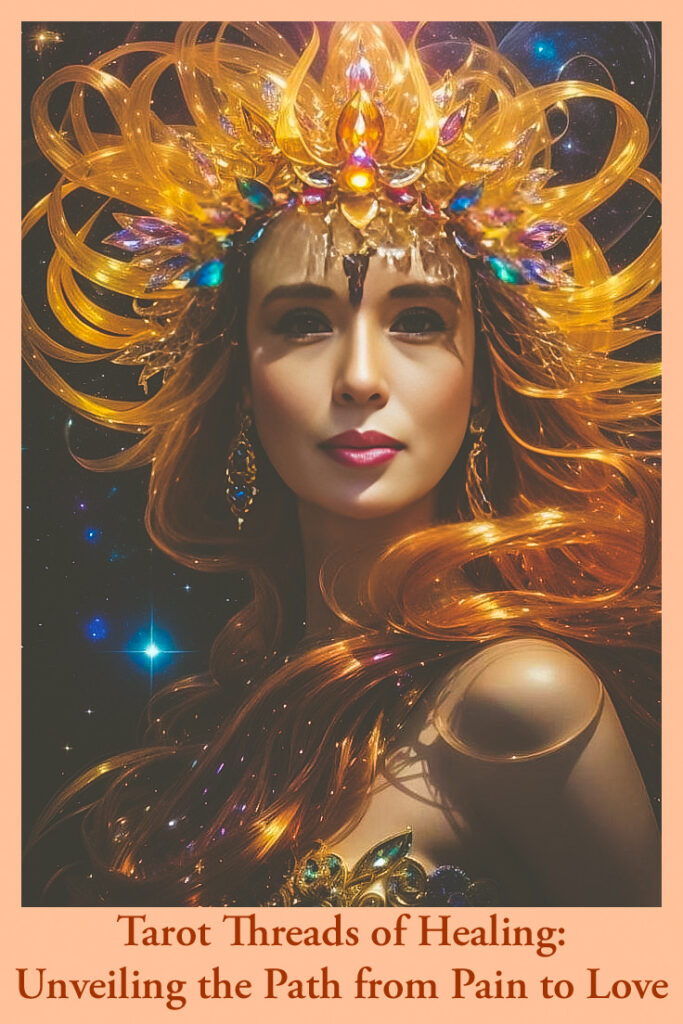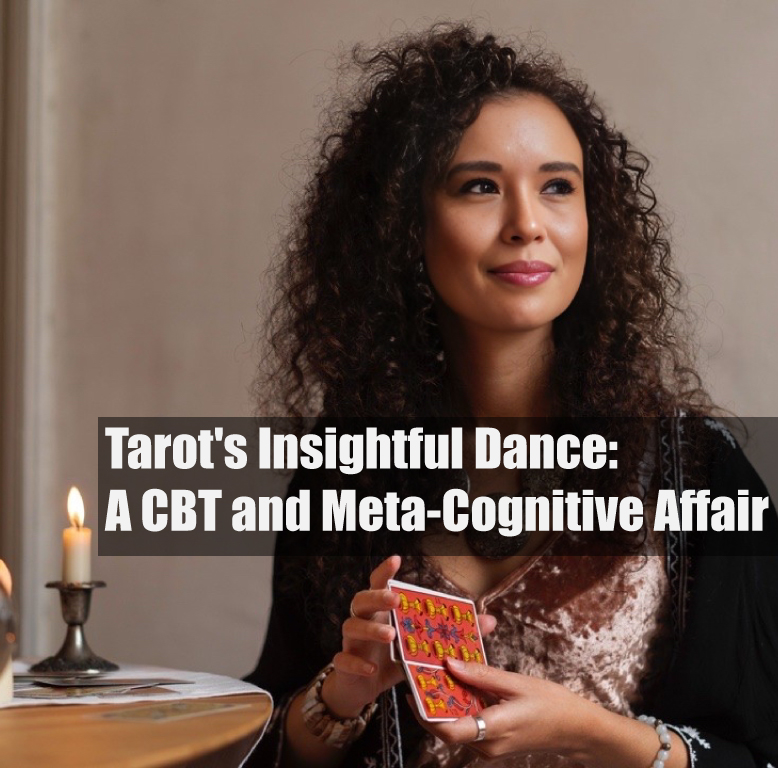Today, I found myself drawn to the mystique of tarot, seeking insights into a matter that had been weighing heavily on my mind. As I shuffled the deck, one card emerged with a subtle yet profound message — the Moon card. In the soft glow of its imagery, I recognized the reflection of my concerns about an uncertain situation that had been lingering in the shadows of my thoughts.

The Moon Card’s Tale of Uncertainty:
In the world of tarot, the Moon card unveils a narrative of ambiguity, intuition, and the mysteries concealed beneath the surface. The lunar glow casts a duality of light and shadow, echoing the uncertainties I’ve been grappling with. It’s a card that speaks to the journey through the unknown, where not everything is clear, and anxieties may rise like tides under the moon’s gravitational pull.

Deciphering the Moon Card’s Message:
1. **Intuition and Hidden Insights:**
The Moon card encourages a reliance on intuition. It suggests that, just as the moon reveals hidden facets of the night, my intuition might unveil insights obscured by uncertainty.
2. **Illusions and Deceptions:**
Shadows cast by the moon symbolize illusions. The card prompts me to be wary of misconceptions or self-deception in the situation, urging a deeper understanding beyond surface appearances.
3. **Navigating the Unconscious:**
The Moon is associated with the subconscious. This hints at untapped aspects of the situation that may surface, offering a richer understanding of my concerns and fears.
Managing Uncertainty with Cognitive Behavioral Therapy (CBT):
1. **Identifying Negative Thought Patterns:**
– CBT encourages recognizing automatic negative thoughts. By pinpointing specific worries associated with the uncertain situation, I can address distorted thinking.
2. **Reality Testing:**
– Objective evaluation is key. CBT’s reality testing prompts me to assess evidence for and against my worries, helping ground my perceptions in facts rather than fears.
3. **Behavioral Changes:**
– Breaking down the situation into actionable steps aligns with CBT principles. By creating a plan and taking deliberate actions, I regain a sense of control amid uncertainty.
Embracing Uncertainty with Meta-Cognitive Therapy:
1. **Mindful Awareness:**
– Meta-cognitive therapy advocates observing thoughts without immediate judgment. This mindful approach allows me to navigate the uncertainties without succumbing to overwhelming worry.
2. **Changing Thought Patterns:**
– Meta-cognitive awareness involves recognizing and altering distressing thought patterns. I’ll work on reframing negative thoughts, cultivating a mindset that accepts uncertainty as a natural part of life.
3. **Acceptance of the Unknown:**
– Acknowledging that not everything can be known aligns with meta-cognitive therapy. Embracing uncertainty as a part of my journey fosters a sense of peace and resilience.
In merging the insights of the Moon card with psychological strategies like CBT and meta-cognitive therapy, I embark on a journey of self-discovery and resilience. The Moon’s symbolism becomes a guiding light, prompting a shift from anxious uncertainty to a mindful exploration of the shadows, where hidden truths and newfound strength may be uncovered.





